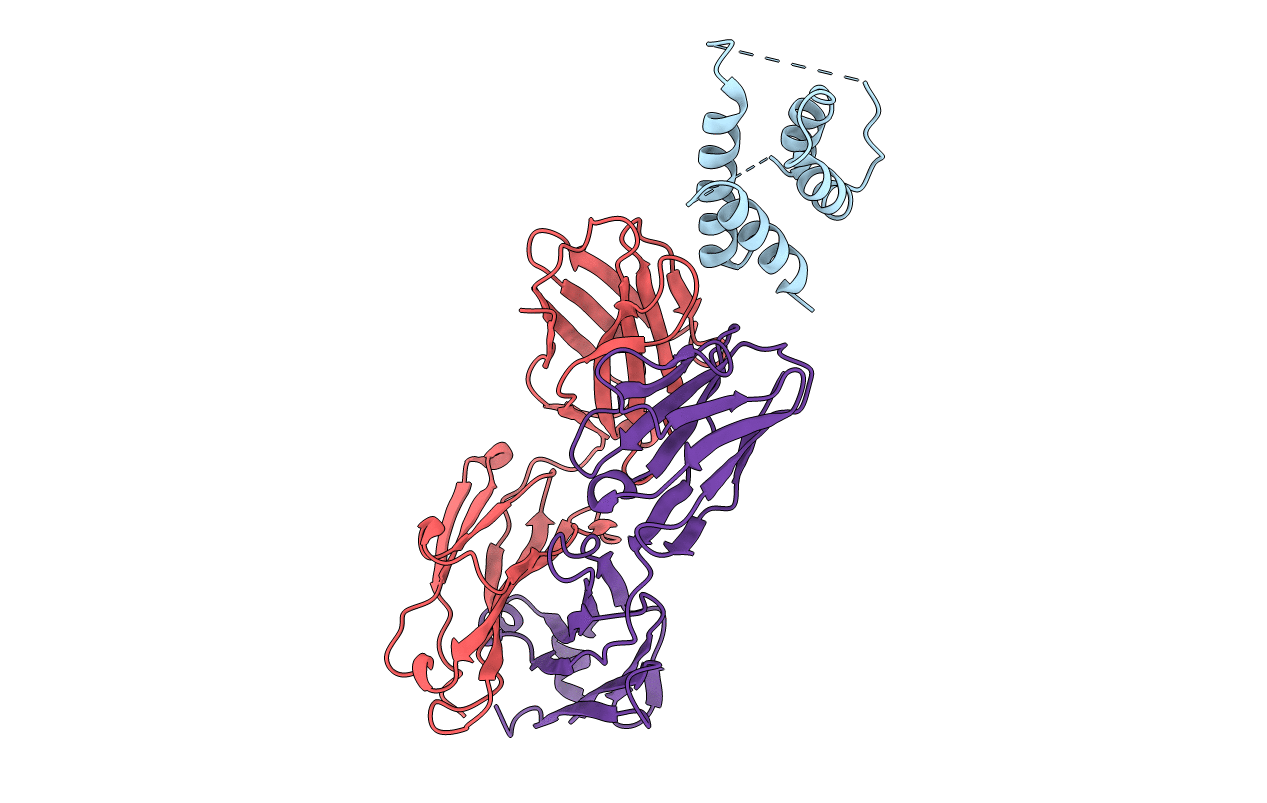
Deposition Date
2014-03-06
Release Date
2014-03-19
Last Version Date
2024-10-09
Entry Detail
PDB ID:
4PS4
Keywords:
Title:
Crystal structure of the complex between IL-13 and M1295 FAB
Biological Source:
Source Organism:
Homo sapiens (Taxon ID: 9606)
Host Organism:
Method Details:
Experimental Method:
Resolution:
2.80 Å
R-Value Free:
0.27
R-Value Work:
0.21
R-Value Observed:
0.21
Space Group:
P 21 21 21


